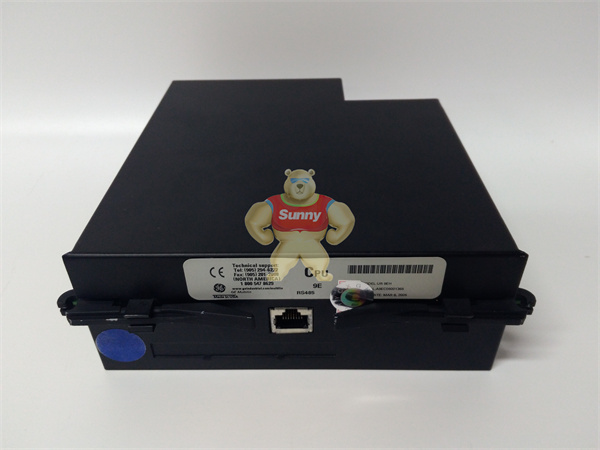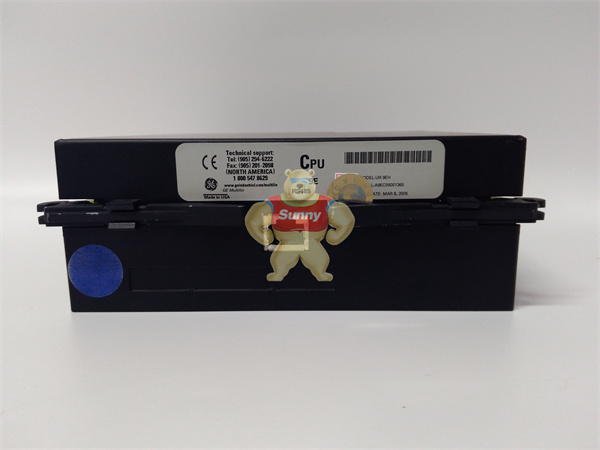How hot is the new energy and solar photovoltaic industry? The popularity of the just concluded 2023 Shanghai Solar photovoltaic and smart Energy Exhibition (SNEC PV POWER EXPO) can be seen.
No matter what kind of equipment, its safety can not be ignored, CIGS is a new type of thin film solar cells, today Xiaobian combined with a real case, and talk about the safety protection program of solar cell production equipment.
CIGS – Thin film photoelectric conversion cell
CIGS is short for solar thin film cell CuInxGa (1-x) Se2, this technology can be a good alternative to traditional silicon solar panels, can efficiently and cheaply convert solar energy into electricity, with good stability, good anti-irradiation performance, low cost, high efficiency advantages. Copper indium gallium selenium thin film solar cells have the characteristics of low production cost, low pollution, no decay, low light performance and so on, photoelectric conversion efficiency ranks first in various thin film solar cells, close to crystalline silicon solar cells, but the cost is only one-third of crystalline silicon cells, known internationally as “the next era of very promising new thin film solar cells.”

UR9EH

UR9EH
PILZ has partnered with Manz, the world’s only supplier of CIGS Complete Plant solutions for solar cell production equipment (CIGSfab), to provide professional and reliable safe automation solutions.
Backbone, the central cache, is the key to the entire CIGS solar cell production line, which is responsible for storing the CIGS glass substrates from the previous process in the cassette and transferring the cassette to the next process link. cassette robots transported the cassettes to workstations (14 MSR work areas, 2 RSC workstations). Through the movement of the Y axis, R axis and Z axis, the box robot can position the box box on the rack that stores the box box. The box robot uses the X-axis as the drive axis, can move on the 150 m long trunk channel guide, and is positioned using a bar code attached to the X-axis guide.
The interaction between the processing equipment at each step and the box robot MCR is done by the Substrate robot (MSR), which uses vacuum electronics to remove individual substrates from the box or load them. The substrate robot MSR consists of Y – and Z-axis movements and linear guides on the ground. For this process, the substrate robot MSR removes the substrate from the box and places it on a conveyor for continued transport. After processing, the conveyor picks up the substrate again and puts it into the box. The box can hold up to 52 CIGS substrates. For maintenance purposes, the boxed robot MCR needs to be moved regularly to a maintenance station for maintenance.
 1 Year Warranty
1 Year Warranty





